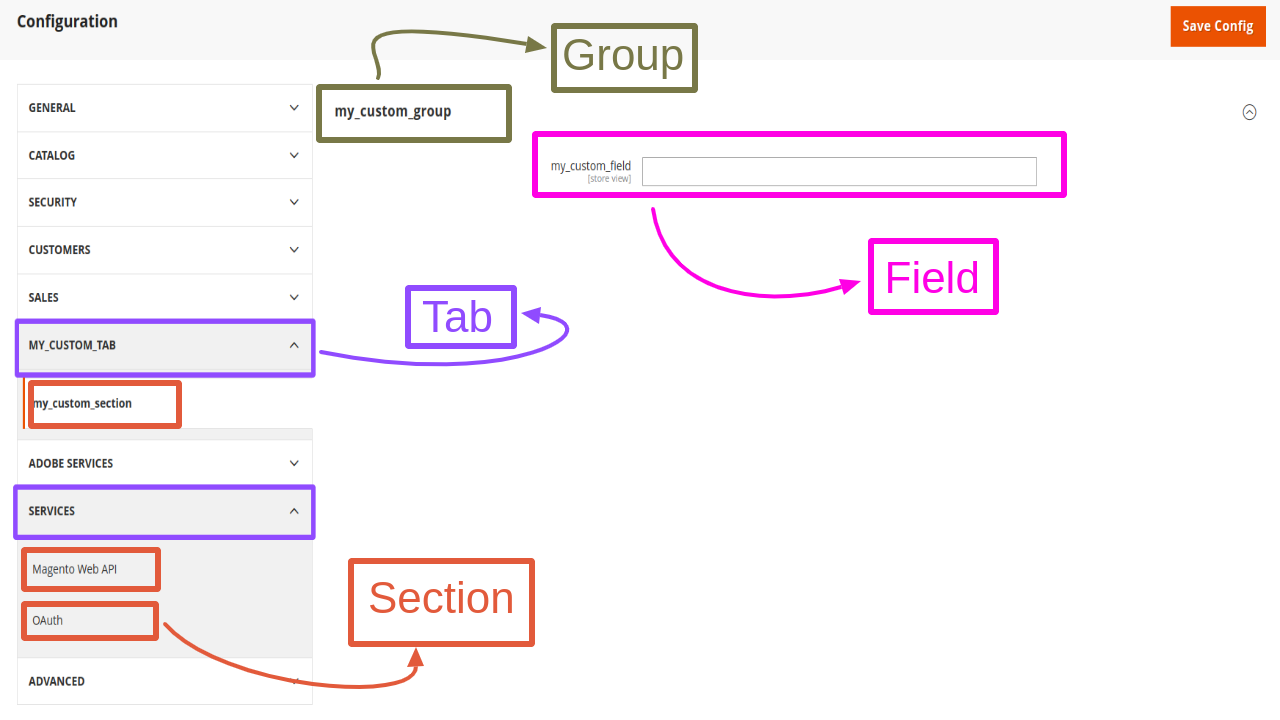1-Navigate to your public_html
2-Now make any directory in it
3-Then run command in directory composer create-project --repository=https://repo.magento.com/ magento/project-community-edition .
Creating a "magento/project-community-edition" project at "./"
4-composer config repositories.private-packagist composer https://hyva-themes.repo.packagist.com/xyz-com/
Now it will ask for you two thing. One is Magento 2 marketplace keys that you can find from magento marketplace website free.
For hyva theme you need to buy licence and then will get token that you can use while installing hyva like in above command.
Now this is time to installl hyva them and we have already get repository auth so we are able to install theme now
5-composer require hyva-themes/magento2-default-theme







